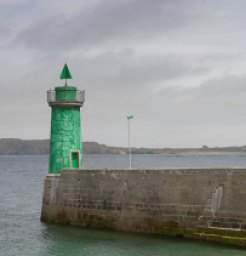Engineering News-Record (ENR) has released its annual list of the largest 500 design firms in the United States. The list is based on design revenue generated by the firms, and covers both public and privately-held companies.
The bad news? According to ENR, overall design revenue of the top 500 firms ($79.8 billion in 2010) was down 0.2% from 2009. I know my clients have been hit hard.
One thing that construction lawyers see in down markets is more lawsuits. Whereas in good times people will let something go to move on to their next project, in slow times contractors and owners sometimes look for a scape-goat. That scape-goat, more often than not, is an insurance-carrying design firm. Sad, but true. Now, more than ever, make sure that you are practicing good risk avoidance, documenting everything, and communicating thoroughly.
There is some good news: “There is a general feeling among the Top 500 firms that the markets will recover over the next 12 months.” Let’s hope they are right.
What do you think? Will the market improve this year? How is your company weathering the economic storm?




